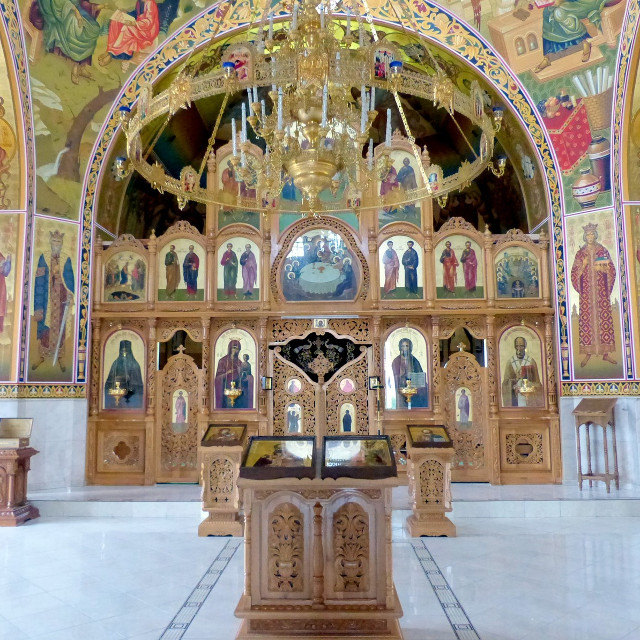In the morning, go on a tour of the Tighina Fortress, then transfer to Tiraspol, the capital of Transinistia, for a sightseeing tour. After lunch in a typical Ukranian restaurant, visit the Noul Neamts Monastery in Chitcani village. Overnight in Tiraspol.
If your group contains 6 or more people, you will visit 'Kvint' brandy factory in Tiraspol for a tasting tour after lunch instead of the Noul Neamts Monastery.
Overnight in Russia Hotel , Tiraspol
Meal plan: Breakfast & lunch
The 16th-century Tighina Fortress used to be one of Moldova's most powerful fortresses. Led by Sultan Suleiman the Magnificent, it was occupied by the Ottomans in 1538 and became the centre of an Ottoman raya (or region). In the 1370s and 80s, Tighina became an important stop on the Tatar trade route that connected western Europe with the Near East.
Tiraspol is Moldova's second largest city and the capital of Transinistria. Although the city was previously inhabited, it was officially founded in October 1792 by Alexander Suvorov, the famous Russian military hero. Time seems to have stood still here since the USSR period. Notable places to visit include the Vladimir Lenin monument and the tanks left over from WWII. Most of the sites can be seen by walking down the main street, called October 25th Street in honour of the 1917 Great October Socialist Revolution.
The all-male Noul Neamt Monastery consists of four churches surrounding a central five-story bell tower, the upper level of which offers picturesque views of the surrounding countryside. It was founded by monks in 1861 in protest against Romanian authorities trying to secularise monastic estates. It operated successfully until 1962, when it was closed by the Soviets and used as a hospital until 1989.
The Kvint Brandy Factory was founded in 1897 and is the oldest operational enterprise in the region. Its brandy is made using a process identical to French cognac with Colombard, Riesling and Ugni Blanc grapes. Today, Kvint is the leading producer of alcoholic bevarages in Moldova and the factory's image is used on the Transinistrian 5 ruble note.
The unrecognised self-proclaimed republic of Transnistria is located on Moldova's eastern border with Ukraine. It came to be after the dissolution of the USSR, when tensions between Transnistria and Moldova grew into a military conflict in 1992. Since then, Transnistria has been independent in practice, with its own government, military, police, postal service, currency, constitution and more. Transnistria's central bank sets the exchange rate for their ruble, which is freely floating and greatly fluctuates week-to-week.
Ukrainian food is influenced by Russian, Austrian, Polish and Turkish cuisines. Ukraine's fertile soil and the foreign influence has meant a heavy emphasis is placed on grains, dairy products, beef and pork. Traditional dishes include Borsch beetroot and cabbage soup served with Pampusky (soft, fluffy bread topped with garlic butter); Vinigret beetroot and sauerkraut salad; Holubtsi cabbage leaves rolled with rice and meat; and Deruny potato pancakes served with sour cream. Popular beverages include Kompot (dried fruits and berries boiled in water) and Ryazhenka (fermented baked milk) - both very tasty, despite how they may sound!












